Bolt Action: Western Desert Boot Camp Live Blog - Saturday
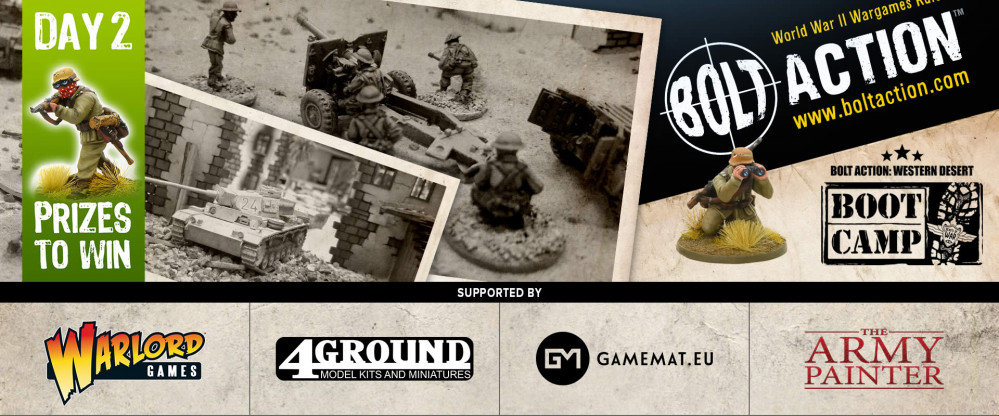
Scorpions Of The Desert - Infantry Tactics
Our historical editor Jim (@oriskany) has come over to teach us about the history of the western desert in this mini-series Scorpions Of The Desert.
Kicking off, we take a look at some of the Basic Infantry Tactics used in this theatre of war.





























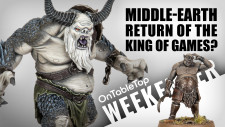

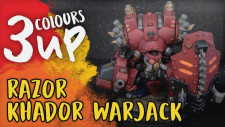
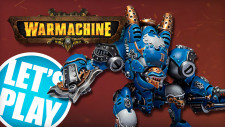



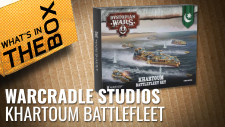






























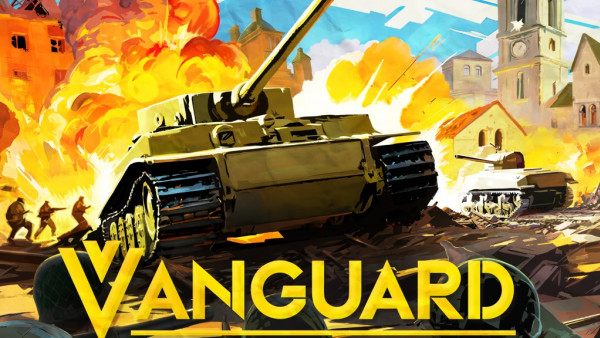
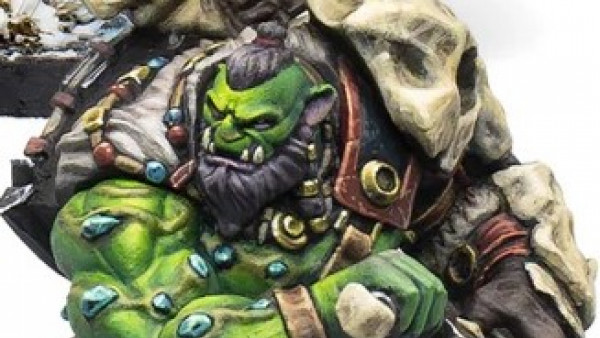
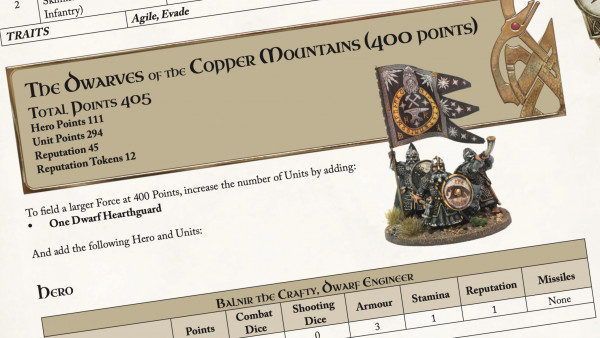

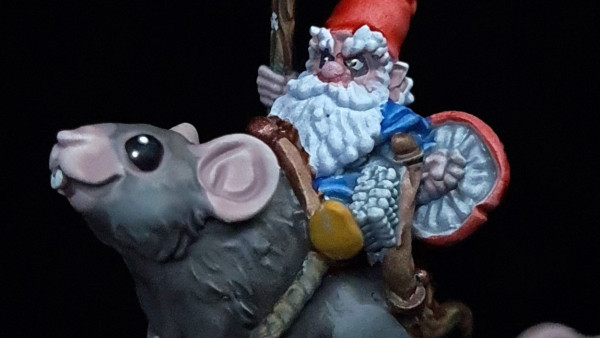


great history
I’ve never thought about water for hygiene for soldiers as anything other than a luxury before but it makes total sense.
Thanks very much @lownor and @deadhead!
@oriskany Needing water for hygiene is something us Gulf War vets are very familiar with! 🙂
Oh now … just a warehouse rat myself. Think “Crapgame” from Kelly’s Heroes … or rather, the guy that works for Crapgame. That’s the closest I ever came to any “action.” I just bring it up here because I went through the training where they drill these basics into your head (and we really are going over just the very basics here), then worked a few years on the bases where they trained new Marines coming up.
I was not a front line guy either but was in some pretty austere conditions in the middle of nowhere during the Gulf War. Water was extremely rare?
I’m semi-embarrassed to admit things there very comfortable where we were.
The British/Commonwealth forces had long experience of fighting in desert conditions so they knew all the little tricks. All of it was new to the German forces.
This is very true.
The Boys is .55 calibre or about 14 mm Effective firing range
23.2mm penetration at 90° 100 yards (91 m),
18.8mm penetration at 90° 500 yards (460 m)
Thanks for the info! 😀
wasn’t the Bren 30 round magazines?
Yes, but usually only 28 put in a mag.
Thanks very much for the catch and the heads up @kingandcountry and @collins! 😀
May I say: “Jolly good show!”
Thanks very much, @yavasa – good to see you on the site!
Logistics is so important and yet nobody ever things about it.
Well in smaller scale skirmish game, logistics is not as big a focus. But it still could create an interesting scenario to play out.
True, but could (and should) matter in a campaign system, and could be scenarios objectives (secure the water, evacuate the train with all the oil on it…)
As the saying goes – “Amateurs talk tactics, professionals talk logistics.”
Im curious. After having watched several historical channels talk about the different squad formations and tactics i noticed that the mg34/42 sometims gets called an lmg and sometimes an mmg. it doesnt really matter historically but in terms of the gaming system you want to use its can be a huge difference. so far i have seen mmgs being restricted in movement, but having more firepower or being able to reduce cover and things like that. @oriskany in perspective of gaming, disregarding the specific ruleset, what would be the colsest to reality role of mg34/42? LMG or MMG? For Chain… Read more »
IIRC the Germans called the MG34/42 an lmg or hmg depending on how it was set up. If a man was carrying in in a squad using the bipod and 50 round drums, it was considered an lmg. When they set it up on the lafeyette tripod and had a dedicated crew of men feeding it loads of ammo, it was considered a heavy machine gun.
I’d say basically, the MG34/42 was the first move toward a more general purpose machine gun, but it wasn’t perfect.
Great insight @rot6 and @dukeexeter . At least for this immediate discussion, when I say MMG or LMG, we’re talking game terms. How the Germans might have made these definitions in the sense of actual doctrine or OOBs I am less familiar with. Company and Battalion support MGs were usually on tripod, section and platoon support were on bipod.
You’re on the right track with the Bipod/Tripod method.
The MG34/42 was a “General purpose” MG. It could be either a LMG or an MMG depending on how you configured it. LMG’s are more maneuverable while MMG’s are more stable and can maintain higher rates of fire (normally lots of exceptions here).
A HMG normally uses a larger caliber of ammunition.
For the Russians this was
DP28 = LMG
Maxim = MMG
DShK = HMG
Lindybeige has a very good video that helped me get my head around it.
https://www.youtube.com/watch?v=ivYlHU0Zi-I
Epic, @elessar2590– thanks for the heads up and the link!
Thanks for the insight.
Thanks @andre77
I never realized how much different combat would be in the desert. Like the bit about hygiene and sickness was completely new to me.
I imagine combat isn’t all that fun but combat with chafed plums definitely wouldn’t be.
Even something as simple as not washing under your armpits can be incredibly painful after a few weeks
Yeah, not to mention make you very very sick. Armpits, definitely. Other parts of the body, further south (don’t want to get too gross here), if you don’t keep them clean … yeah, things get nasty fast, and can cause real casualties among a desert-based combat force.
Great video
Oh dirty little secrets of www they don’t teach you in school
Thanks @warhammergrimace, @uptrebor, and @dukeexeter.
Jim is always informative and interesting
This was really interesting. Thank you
Thanks very much @normandyfan and @aurorainbag
Absolutely fascinating. Loving these insights!
wooo! we love you, Jim!
Thanks very much @darkdanegan and @bigdave! 😀
great to hear all about the history
Pretty sure the British only had 1 Bren per squad (can’t find any reference to more other than LDRG perhaps). Another thing to note on the difference between the MG34 and MG42 as a LMG or HMG isn’t “just” if it was bipod or tripod mounted. It was simply the amount of ammo available (although if the MG42 is tripod mounted it was usually in a static role and thus had more ammo easily available). Another thing to note (and this is usually skipped over) is that the MG34/42 had a tremendous rate of fire. But when employed as a… Read more »
Thanks @wilco92 – @phaidknott – you may be right, I may have been looking at a later war OOB / organization chart – I just checked and sure enough it was dated for October 1944.
It’s nice that the Bolt Action rules reflect this. German MGs get more dice.
😀
Some times it just pays to be “Anal”
@macadams00 –
I see what you did there.
😀 😀 😀
I could listen to this all night.
Thanks
Great video. Very interesting.
Thanks very much @antiphony and @firebuck!
Fascinating discussion about the differences between British and German Infantry in the North African Desert War. Interesting that the Brits were better organized than the Germans regarding hygiene. Perhaps this was from the years of fighting in colonial wars. Regarding the accuracy of the Bren vs. the MG34/42: I remember watching a documentary about the D-Day Battle of Pegasus Bridge. Apparently a wounded British paratrooper, pinned-down in the middle of a road, survived the continuous but very inaccurate “spray” fire of an German MG34/42. Conversely, as the Bren was much more accurate, the Bren teams would sometimes loosen the screws… Read more »
Thanks a lot, @aztecjaguar – indeed some of the British camouflage on tanks, aircraft, and ships are inventive and amazing
Here’s a link
https://m.youtube.com/watch?v=VXQygRVvEmM
Lindybeige explains it better than I ever could.
Great link! Thanks for the heads up!
It does seem somewhat counter-intuitive – the German Wehrmacht in WW2 could be characterised as being Offensive (eG. “Blitzkrieg”) and has the MG34/42 – a machine gun that was excellent when used defensively, but not so good for Infantary assaults. Coversely, the British and Commonwealth armies could be considered to be more Defensive (eg. Colonial garrison forces) but they had the Bren LMG – great for infantry assaults but too slow (rate of fire and 28 round magazines) and “too accurate” for quickly pinning down a dispersed infantry assault. In “The Pacific” TV-Series there are many scenes showing how much… Read more »
Those are actually really good points re: offensive and defensive armies / MGs. 😀
Fascinating stuff.
very interesting info
Thanks, @skodamarine and @toricova.